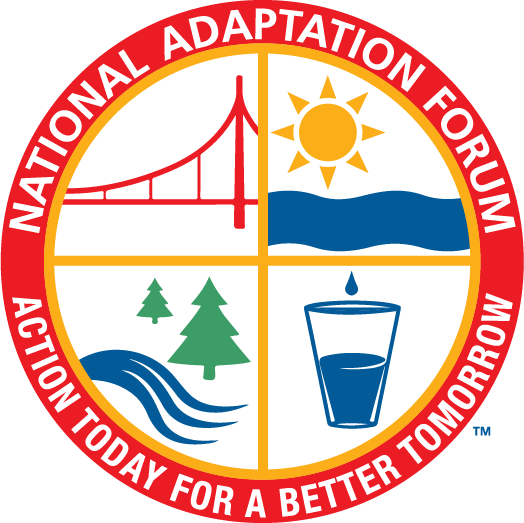People Centered Planning for Resilient Communities
Developing vulnerability assessments and adaptation responses for resilient communities requires looking at assets at risk, and how sea level rise and other hazards will impact each and the communities that rely on them. This process usually begins with reviewing and analyzing the assets, followed by evaluation of how damage or loss of their services will impact the people that rely on them. In a new region wide project The San Francisco Bay Conservation and Development Commission’s Adapting to Rising Tides (ART) Program, along with the Bay Area Regional Collaborative (BARC); the Metropolitan Transportation Commission and other partners are changing this paradigm by beginning our analysis with the people and communities to understand which assets are most important to them.
The project will conduct a vulnerability assessment and develop adaptation strategies for transportation assets and services, Priority Development and Conservation Areas and communities with characteristics that could make them more vulnerable to sea level rise. To identify communities and geographies at risk from flooding and sea level rise, the ART Program produces sea level rise and shoreline maps, which are verified by stakeholders. Part of this assessment includes a locally developed community vulnerability assessment methodology, which illustrates the diversity of needs and resources. Extensive public input, and ART Program analyses, mobilizes a people centered and equitable planning process that focuses on the people and communities most at risk. Similar people first approaches have been employed in many regions including the Rebuild By Design program in the New York region.
Panelists:AllisonBrooks, Bay Area Regional CollaborativeAmyChester, Rebuild by DesignLindyLowe, SF Bay Conservation and Development Commission
Visit the website for more information>>

